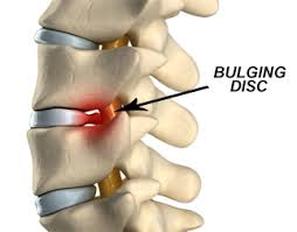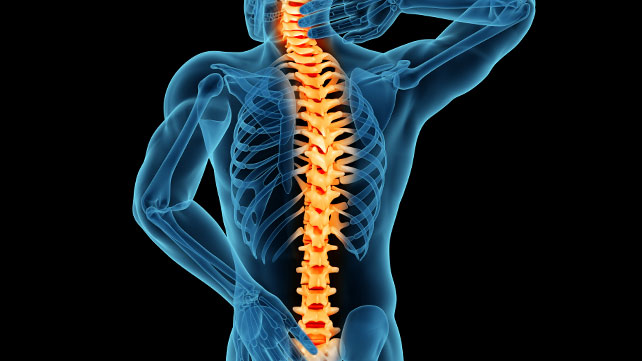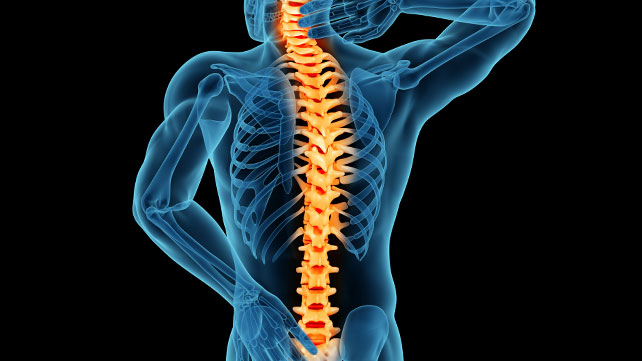How do I fix Diastasis Recti? (DRAM)
July 31, 2018
Will my disc bulge ever go away?
August 23, 2018What do my spine scan results actually mean?

In all likelihood, you sit in one of two camps- You’ve tried to pick something up, bent over and felt instant pain in your back, or for an extended period of time now, you’ve been experiencing back pain.
In any case, enough is enough, you’ve reported to your GP, who has referred you for some form of imaging to be completed at the pain area.
Results are ‘back’… (See what I did there?!?) Degenerative disc, disc bulge, prolapsed disc, herniated disc, thinning disc.
At this point, generally the world stops spinning; we refrain from almost all movement, increase pain medication, google search surgical procedures, and commence the extremely negative thought process of just ‘how stuffed my back is’.
This isn’t to make light of the situation, the pain experienced is very real and confronting, but the truth is, scan results such as those mentioned aren’t that uncommon, and aren’t necessarily symptomatic.
Interesting findings from a recent study among those WITHOUT back pain, found that 37% of 20 year olds, 80 % of 50 year olds and 96 % of 80 year olds have disc degeneration.
Further from this, 30 % of 20 year olds, 60 % of 50 year olds and 84% of 80 year olds were found to have bulging discs. Again, these findings are among those without pain symptoms.
Whilst we can from these findings assume that such image results are an expected part of the aging process, we should also consider the other determinants of pain. While that is a topic for another day and beyond the scope of this blog, it’s quite clear that there is more to pain than the state of the spine itself.
The state of soft tissue affecting the spine, movement patterns, postures, our mental health and fatigue levels are few of the many factors that will intertwine and contribute to the pain process.
Engaging in a holistic approach to dealing with back pain can not only provide the most effective treatment for experienced symptoms, but prove to be a proactive step in ensuring pain flare up and re injury does not occur.
Pain medications and surgical procedures do have their place, however both have high levels of risk and complication and both fail to deal with the cause or how the injury came to be in the first place.
Your back pain is often far more complex than ‘my MRI says my back is stuffed’.
There are a million ways to treat back pain that can be debated no end. What is not up for debate is the fact that it is far easier to prevent back pain and injury in the first place.
It all starts with moving well.

